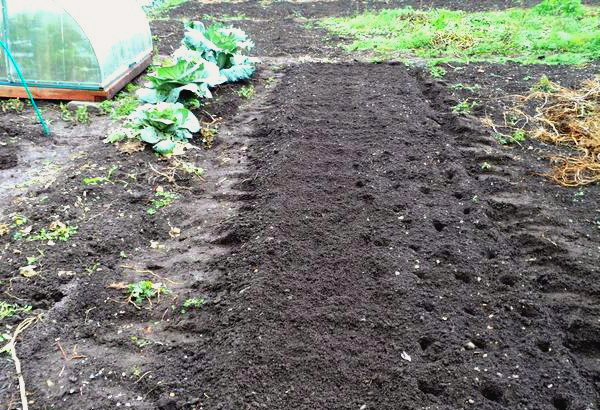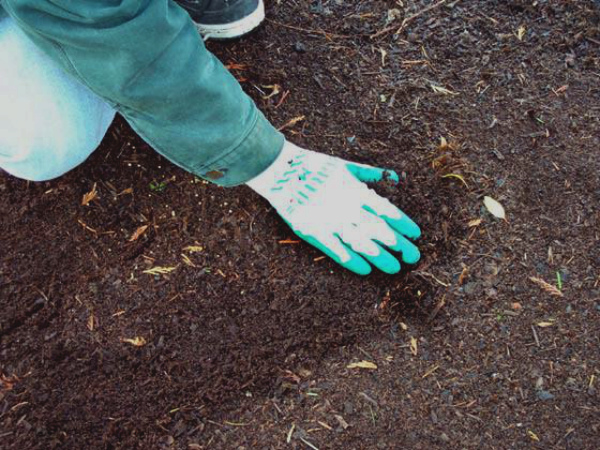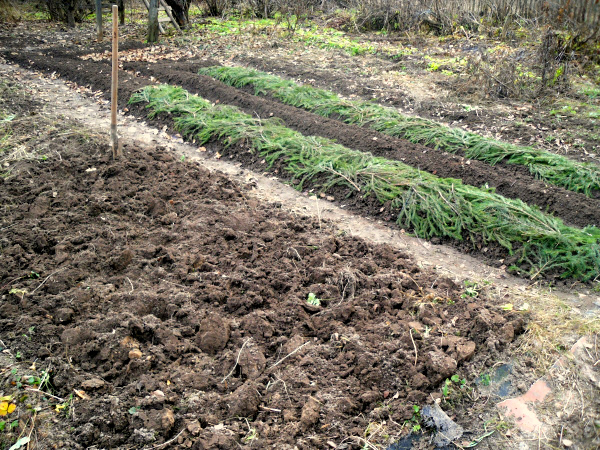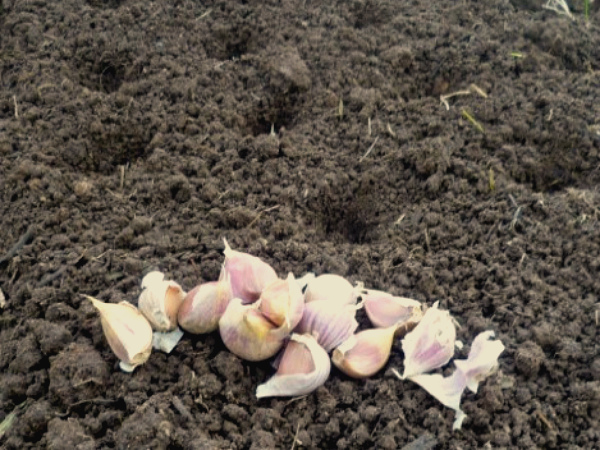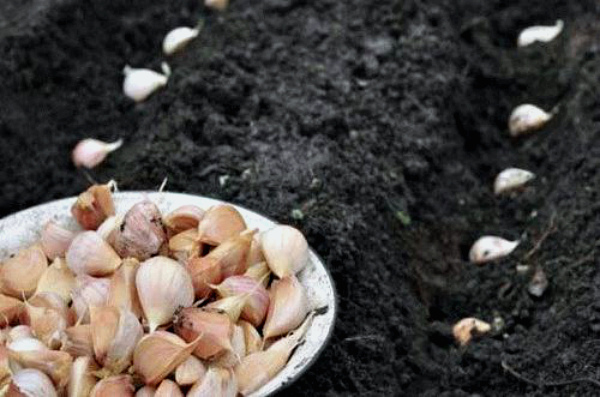When to plant garlic before winter and how to do it right
Content
Landing dates
The question "when to plant garlic for the winter" is quite popular among gardeners. However, a single answer has not yet been found, since the timing of planting depends on many factors. For example, for regions with a short summer and early frosts, garlic should be planted in September, otherwise the plant will not have time to take root. Whereas for regions with mild or hot climates, it is wiser to wait until mid-October, otherwise the garlic will grow violently and may not tolerate the first snow badly.
Experiments show that in regions with a moderately cold climate, winter varieties planted at the end of August give an excellent harvest. Plants manage to develop an extensive root system, develop immunity and easily survive the winter. Whereas the cloves planted in October did not have time to take root, which is why the roots did not develop well, and in the spring the plant grew much slower.
However, this is a situational success, which largely depends on the condition of the soil, weather conditions, and the quality of the seed. If you are not ready to risk your harvest of garlic, then plant it in the fall from mid-September to mid-October.
Site selection and soil preparation
It is important to choose the right place for landing. A dry, well-lit area is ideal for garlic. The soil should be loamy with low acidity. At the same time, the preparation of the beds should be done one and a half months before planting, that is, almost immediately after the harvest, which falls in mid-July.
Garlic will survive the winter well if you choose its predecessors wisely. It is also important to observe the crop rotation, that is, not to plant the plant in the same place for two years in a row.
This culture shows the best results, growing after cucumbers, peppers, eggplant, pumpkins, zucchini. Annual crops with short vegetation maximally saturate the soil with nitrogen, which contributes to the good development of garlic.
The gardeners' society recognized the worst predecessors of garlic as potatoes, Jerusalem artichoke, radishes, turnips, and carrots. During the growing season, these plants deplete the soil, and in a short interval between plantings it does not have time to recover, even with proper fertilization.
A month and a half before planting, soil preparation with fertilizers begins. Make a stock of horse manure humus, nitrophoska, superphosphate, dolomite flour, or, alternatively, lime.
For 1 square meter of land, you will need 1 bucket of organic fertilizer, 1 tablespoon of nitrophosphate and superphosphate, 1 glass of lime or dolomite flour.
Having brought this composition into the ground, carefully dig it up so that the digging depth is at least 20 centimeters. After that, level the ground with a garden rake and pour it with a solution of copper sulfate. It is easy to prepare it: dissolve 40 grams of vitriol in 10 liters of water. For 1 square meter of land, you will need 1 liter of solution.
After the end of fertilization, the beds should be covered with foil or roofing felt to protect them before planting.Alternatively, you can mulch the ground using leaves, for example.
Wood ash should be poured between future rows of garlic to keep the area free from insects and other pests.
Preparing garlic for planting
As you know, garlic reproduces selectively. Winter garlic is planted with cloves or bulbs.
The choice of seed depends on whether you want a fast harvest or a good variety with large bulbs. For the first, you need cloves, but for the second, bulbs.
The fact is that the garlic from the bulbs generally grows for 2 years: at the end of the first growing season, a bulb-set with 1 clove is obtained, from which a full-fledged bulb with many cloves grows the next year.
To get a healthy harvest, it is important to carefully select the planting material. First, select by size - choose the largest cloves as they grow best. Secondly, do not take sick, spoiled, insect-eaten cloves - the plants will be sick and dead. Thirdly, disinfect and harden them - soak for 24 hours in a pink solution of potassium permanganate or a solution of copper sulfate. Alternatively, prepare ash lye. To do this, mix 400 grams of wood ash, boil in 2 liters of water for 30 minutes. Refrigerate the solution and soak the cloves in it for 2 hours.
The bulbs of winter garlic should be dried, then take the largest ones. Before planting, they can be sprayed with an ash liquor tincture or a strong solution of potassium permanganate.
Landing technology
Preparation for planting in the fall is that the leaves with which you mulched the beds are removed. The soil should be slightly damp when you plan future beds.
There should be a free space of 25 centimeters between the rows, while the distance between the teeth in a row should not exceed 15 centimeters. It is best to make the depth of the furrow about 16-17 centimeters, cover the bottom with 3 centimeters of clean river sand. Bulbs are planted at a shallower depth (it is better that it does not exceed 3-4 centimeters), the distance between them should be about 10 centimeters.
There are several ways to plant garlic in the fall:
- The prepared area is slightly moistened with warm water or warm yeast solution. Furrows are laid so that there is a distance of 20-25 centimeters between them. The cloves are planted with a sharp part up every 10 centimeters. After the soil returns to its place, it is watered again. Be sure to mulch the beds, for example, using leaves.
- If there is not very much space on your site, and you are planting several more crops for the winter, then you can resort to a double planting in the fall. In the furrow at a depth of 10 centimeters, denticles are laid, which are covered with a layer of earth of 5-6 centimeters. And then the second tier of cloves is planted so that the depth of their planting does not exceed 6 centimeters, and again they are covered with earth. This method of planting involves mulching the soil. Use leaves, of which there should be a lot by this time.
- The third method is popularly called "lazy". In this case, you do not think about the depth of the furrow, the distance between the teeth. The main thing is to maintain a gap between the beds of 20-25 centimeters. The cloves themselves are scattered over the garden bed, and then sprinkled with earth and mulched using leaves.
When planting winter garlic, it is important to understand that in the spring the cloves will actively grow, which means you need to make sure that there is enough fertilizer in the soil, and the leaves with which you mulched the beds are well overcooked (you may have to update the layer before frost). If frosts come before the plant has taken root, renew the leaves in the beds and additionally cover them with polyethylene or roofing material, carefully securing it.
Video "Planting winter garlic"
This is a video about the technology of planting winter garlic, as well as useful tips for preparing for this process.


